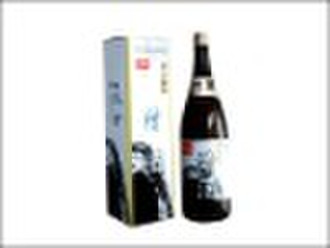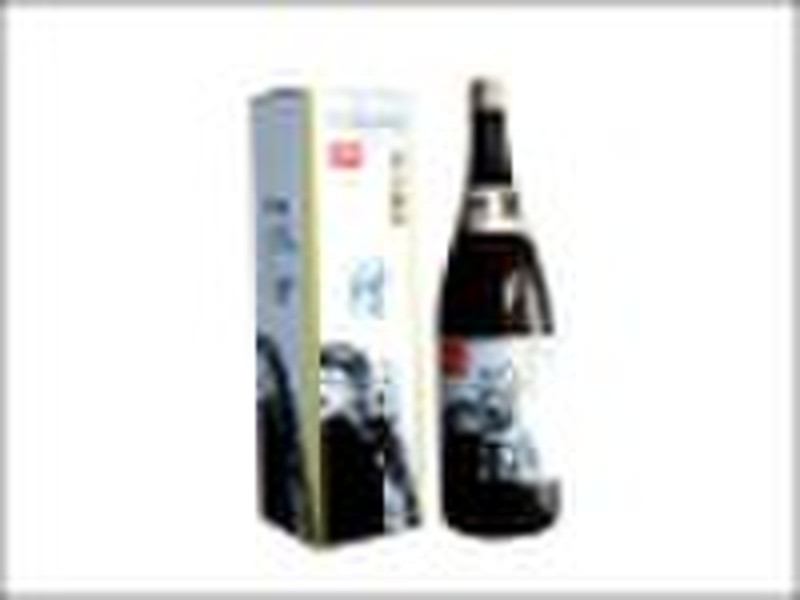Catalog
-
Catalog
- Agriculture
- Apparel
- Automobiles & Motorcycles
- Beauty & Personal Care
- Business Services
- Chemicals
- Construction & Real Estate
- Consumer Electronics
- Electrical Equipment & Supplies
- Electronic Components & Supplies
- Energy
- Environment
- Excess Inventory
- Fashion Accessories
- Food & Beverage
- Furniture
- Gifts & Crafts
- Hardware
- Health & Medical
- Home & Garden
- Home Appliances
- Lights & Lighting
- Luggage, Bags & Cases
- Machinery, Hardware & Tools
- Measurement & Analysis Instruments
- Mechanical Parts & Fabrication Services
- Minerals & Metallurgy
- Office & School Supplies
- Packaging & Printing
- Rubber & Plastics
- Security & Protection
- Service Equipment
- Shoes & Accessories
- Sports & Entertainment
- Telecommunications
- Textiles & Leather Products
- Timepieces, Jewelry, Eyewear
- Tools
- Toys & Hobbies
- Transportation
Filters
Search
SAKE

Jianbing Li
Contact person
Basic Information
| Alcohol Content (%) | 14 |
|---|
SAKE
To begin the fermentation process, sake is milled down until mostly only starch remains. At this point, the starch is fermented to turn into sugar, then further fermented so that the sugars transform into alcohol. This is somewhat similar to the production of beer, but unlike beer brewing, the starch breakdown in sake is not caused by from the malt, but rather from a special mold.
After fermentation, sake is naturally cloudy from bits of particulate left from the grains. Some sake, such as nigori, is allowed to remain clouded, but the majority is filtered so that it is clear like a spirit. Sake is best enjoyed while fresh, so unlike wine and more like beer, sake is rarely aged. Sake is fairly high in alcohol for a fermented drink, ranging from 14% to 16% alcohol – as compared to 8% to 14% for most wines, or 4% to 6% for most beers. When produced, sake usually contains around 20% alcohol, but most producers add water to dilute the sake to a more palatable 15%.
The original history of sake is not known. Some theories trace it back to mainland China nearly 7,000 years ago, while others place it in Japan sometime in the third century CE. By the seventh century, sake development had reached a fairly high point of sophistication, using a number of techniques borrowed from China. Sake production continued to improve for the next 500 years, with a number of new techniques and simplifications of older techniques being introduced.
During World War II, the sake industry was dealt a rather vicious blow, as rice, necessary for the war effort, became a critical ; as a result of this great need, many sake producers began adding straight alcohol and sugar to their sake, reducing the quality in a process that continues in some sakes to this day. By the 1960s, however, sake was on the rebound, and by the 1990s, it had reached levels of quality unseen in its long history. Today, many breweries have returned to more classic methods of production, and sake is exported in enormous quantities – even while its popularity in Japan diminishes.
Delivery terms and packaging
Packaging Detail: 18l/CNT
Delivery Detail: TWO WEEKS
Payment term
Documents Against Payment
Letter of credit
Telegraphic transfer
-
Payment Methods
We accept:









